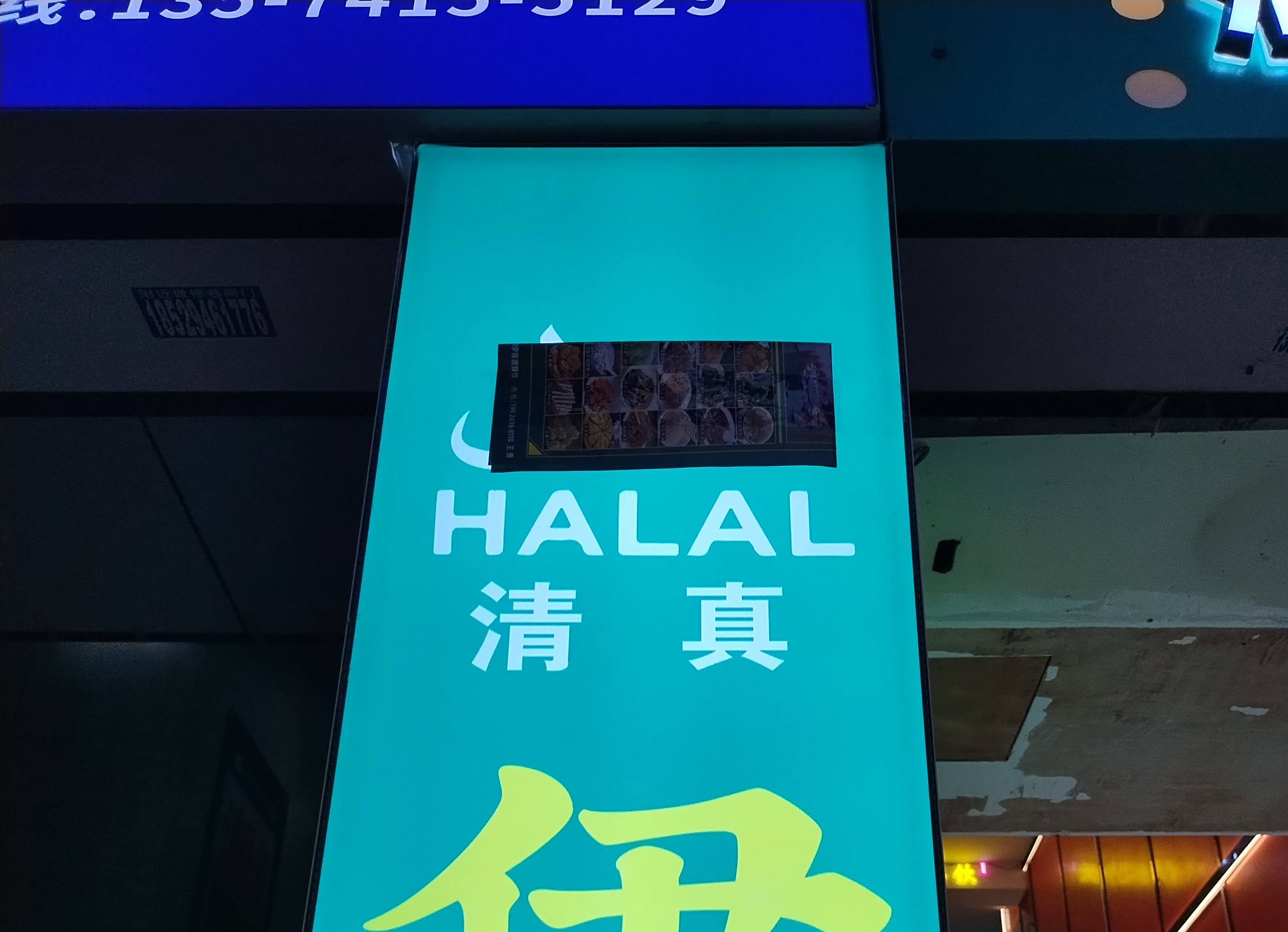ND Food & Travel Posts
RSS FeedA visit to Guangzhou
For a future trip I think that I would prefer to get a visa and do a guided tour, which might help me understand more about what's going on around me, but here's the travel that I know how to do.
Visa-Free Transit in China
Last weekend I used visa-free transit to visit Guangzhou in China. This program, which resumed in 2023, allows citizens of the US and several other countries to make stopovers in select cities in China between 24-144 hours on their way to a third country. In the past I selected standard flights with long transfers to visit Beijing, Shanghai, and sort-of Kunming, but this time I booked separate flights to get 36 hours. This was just the timing that worked out for my Malaysia-Osaka itinerary.
Based on posts on travel subreddits, I booked the flights using the multi-city feature on the airline website (China Southern Airlines) so that they could verify my arrival and departure tickets. The airline wanted proof that I would successfully enter and exit the next country after my China trip. Overall there was some hesitancy around my trip and the airline checkin boss appeared to run something of an impromptu training where they looked up the visa-free transit and stepped through the requirements.
This program is under-utilized. When I land in China, there are lines for Chinese and foreign visitors, but turn to the transfer desk and there will be one desk and a stack of forms reserved for this function. The procedure is a little confusing - for example I was asked for a boarding pass, so I had to visit the transfer desk and ask the agent to print it, even though it was 36 hours before departure. This time the first person verified that I had enough documents, a second person sat me down and asked standard questions, then I continued to a standard immigration booth.
Tips
- Book with First Middle and Last name if it's in your passport (the airline made me sign something because I messed it up)
- Google Fi, and/or print everything (including arrival into China, hotel booking, and departure from next country) ahead of time
- You have to pick up checked luggage
- Don't book an itinerary with a flight between Chinese cities - I did Kunming-Qingdao once but it was sketchy. I assume this includes HK, Macao, and Taiwan.
- You can't leave the city/province at all while on visa-free, I think?
- Hotels and airlines expect to see a visa and generally flip past the sticker, so I had to nudge.
Getting to Hong Xiuquan Memorial Hall by public transit
The place is on Google Maps, at 23.4171588 N 113.1729013 E. It's about as far outside of the city as the airport.
I wasn't able to add my credit card to Didi (Chinese Uber app). My central Guangzhou taxi to the airport cost 150 Yuan, so you could try that, but then you would also need to discuss return pickup.
I didn't exchange much cash, so I had to use public transit. Just before the airport metro station, at Gaozeng, you can take the metro Line 9 west to the Guangzhou North Railway Station (9 Yuan from the city center). It's still fairly easy to use the metro and find a machine which accepts cash.
Here I walked into the rail station and booked the intercity train to the next stop, Letong (5 Yuan) which is within walking distance. A lot of my travel time went into buying a ticket and waiting for the intercity train, so a smart decision might be to take a taxi for this segment (17 minutes), save it for the day before your flight, or maybe to avoid Line 9 and take an intercity train from the airport? The lines are connected on the map, but I wasn't clear on how this transfer works. Guangdong regional commuter rail travelers, contact me on WeChat?
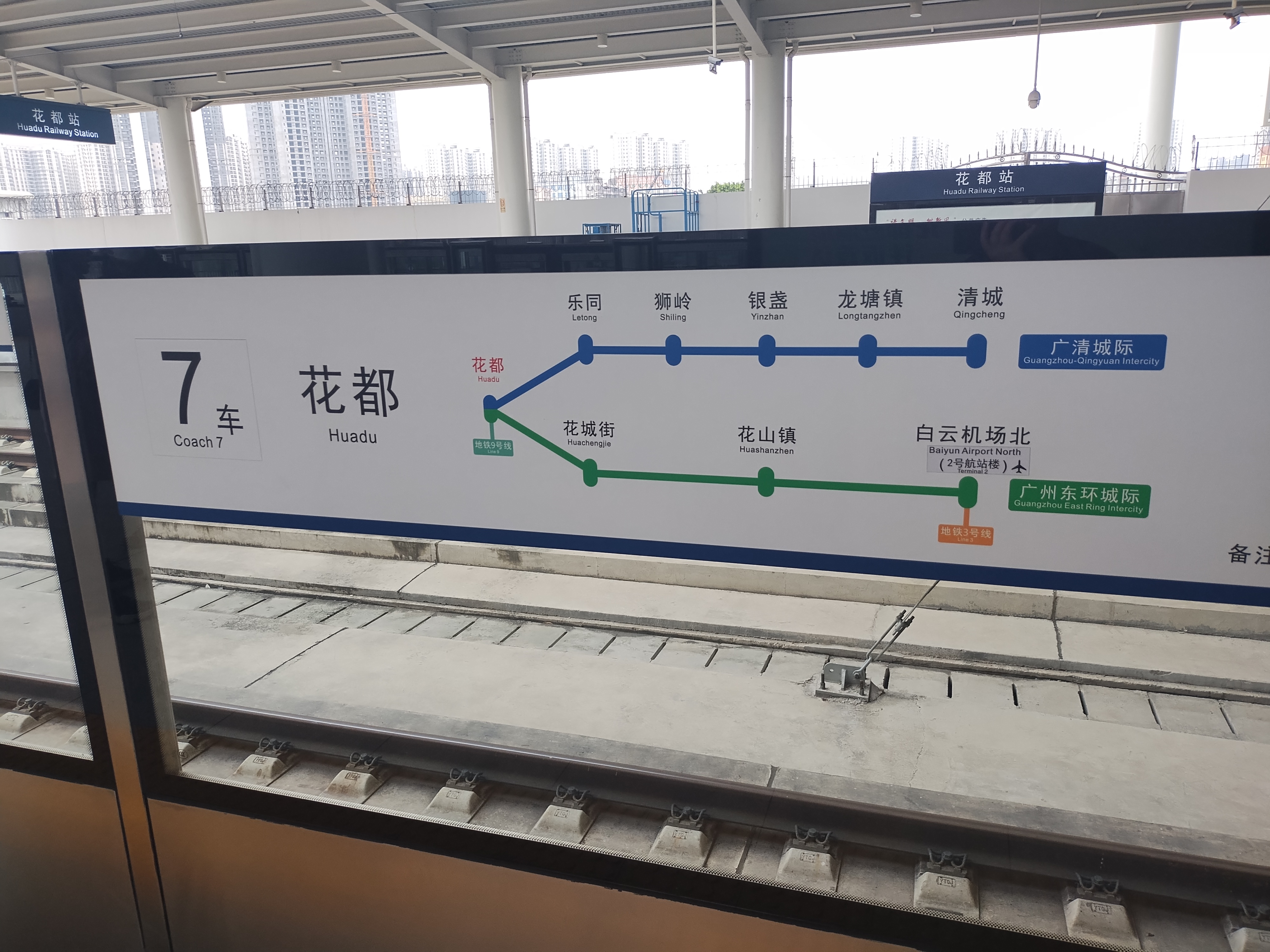
On intercity rail, the ticket purchase, platform access, and even the exit are all restricted to travelers in the automated checks / facial recognition system. Your arrival in this space as an unscannable person is obnoxious and requires handholding (maybe this is easier on longer-term visas, I dunno).
- On the first floor of Guangzhou North, find an information desk at the exterior doors. Usually no one is at the desk, so you can find uniformed staff and ask questions until they send someone here. For the first trip, they need to enter your passport, birthdate, phone number, etc. into some kind of profile. Then they book the ticket attached to your profile.
- When going upstairs, go to the Huadu waiting area (not long-distance trains)
- 20-30 minutes before departure, people will enter the boarding platform. Your ticket QR code will not scan. Show this to staff. One of the gates will have an extra screen where the nearby staff member / ticket-checker will enter your passport ID into this system.
- Ride the train.
- Before you exit the station there will be another QR code scan and it might not be manned but if you ask questions or wave to station security they will summon someone for the passport check.
- When you return, show them your initial train ticket and they can load your profile to book a ticket.
Comments on the Hong Xiuquan Memorial Hall
Hong Xiuquan, leader of the Christian cult behind the Taiping Rebellion, is remembered in his hometown.
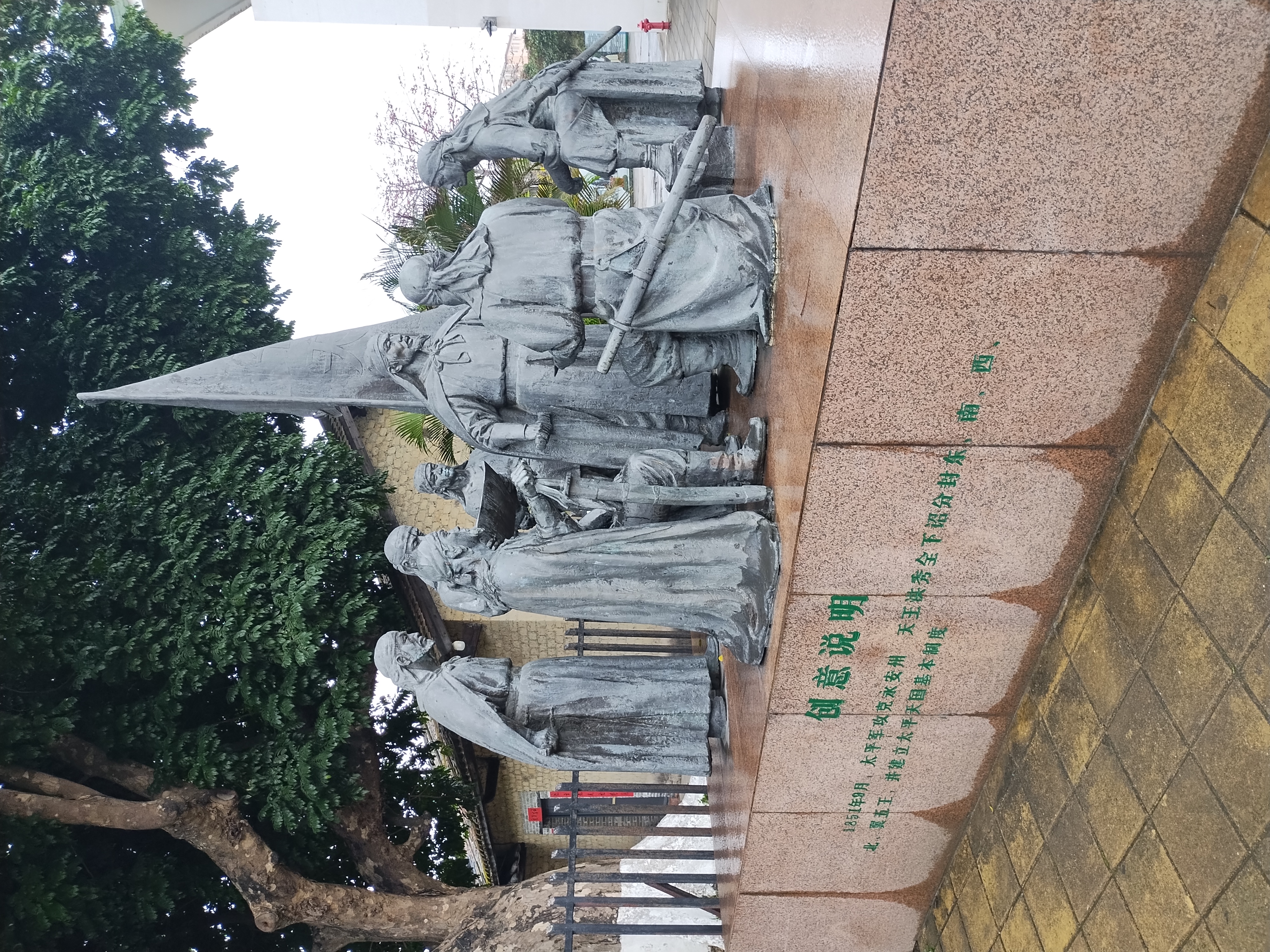
The site has three attractions which I think are open daily:
- plaza with statues, circa 2011
- the Memorial Hall, makes a reference to bicentennial in 2014 - history museum with two floors - I think this is free
- the Former Residence, restored 1959-61, update in 2022 - outdoor area with reconstructed village - 8 Yuan, requires WeChat Pay or assistance
The Taiping Rebellion lasted 1850-1864. Sun Yat-Sen and Mao both took the rebellion as an example of populist demand / a peasant movement to remove the Emperor and find fairer government, and learned from Hong's loss the dangers of disorganization and palace infighting. One of the Taiping decrees was on land redistribution - which seemed to have only limited enforcement? - but the Communist Party embraced Taiping to establish historical roots for itself and its policies. Despite the Qing Dynasty destroying all signs of the rebellion and family line, archaeologists were sent as early as 1959-61 to recover what they could.
For complicated reasons the glorification of the Taiping Rebellion continues, with some strong wording in the English texts of the site about "feudalism oppression and foreign capitalist invasion" and "great progresses ... made in all fields". This gloss is applied both to facts and to what is omitted. The movement "inspired" concurrent rebellions so is claimed to have covered half of China. Here the killing of 20,000 followers of a paranoid self-appointed god/emperor is treated as an oversight:

Anyway here's the kids section:
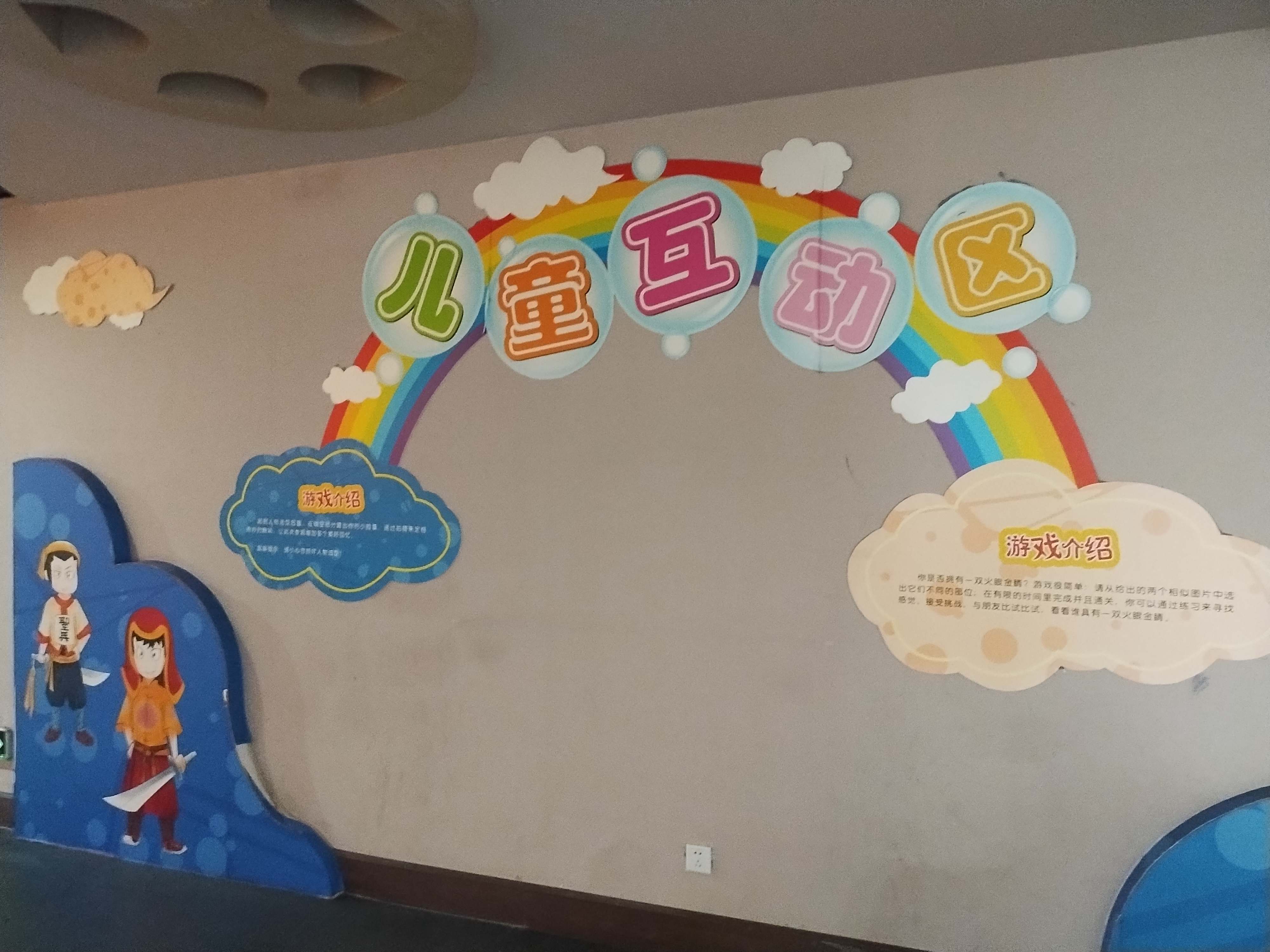
|

|
There was also a large seashell exhibit, which is touring several museums in Guangdong Province.
The Former Residence is worth the fee because in addition to walking into small furnished rooms where the history happened, and a tree planted by Hong, you see a reconstruction of the Confucian schoolhouse, a traditional Hakka home (they had migrated from another region), typical foods and cultural events, etc., and a shrine for all Hong family/clan (I saw a person do a prayer here so be respectful). So you could absorb parts as a normal museum.
Other Guangzhou Notes
- I was also able to visit the oldest mosque in China, started around when Islam arrived in the 600s (according to tradition, by an associate of the Prophet).
- Staying by the Shangxiajiu Pedestrian Street was pretty cool, and an easy walk to indoor malls and Shamian (the European quarter during colonialism).
Assorted weirdness
- Riot gear stations on the pedestrian street
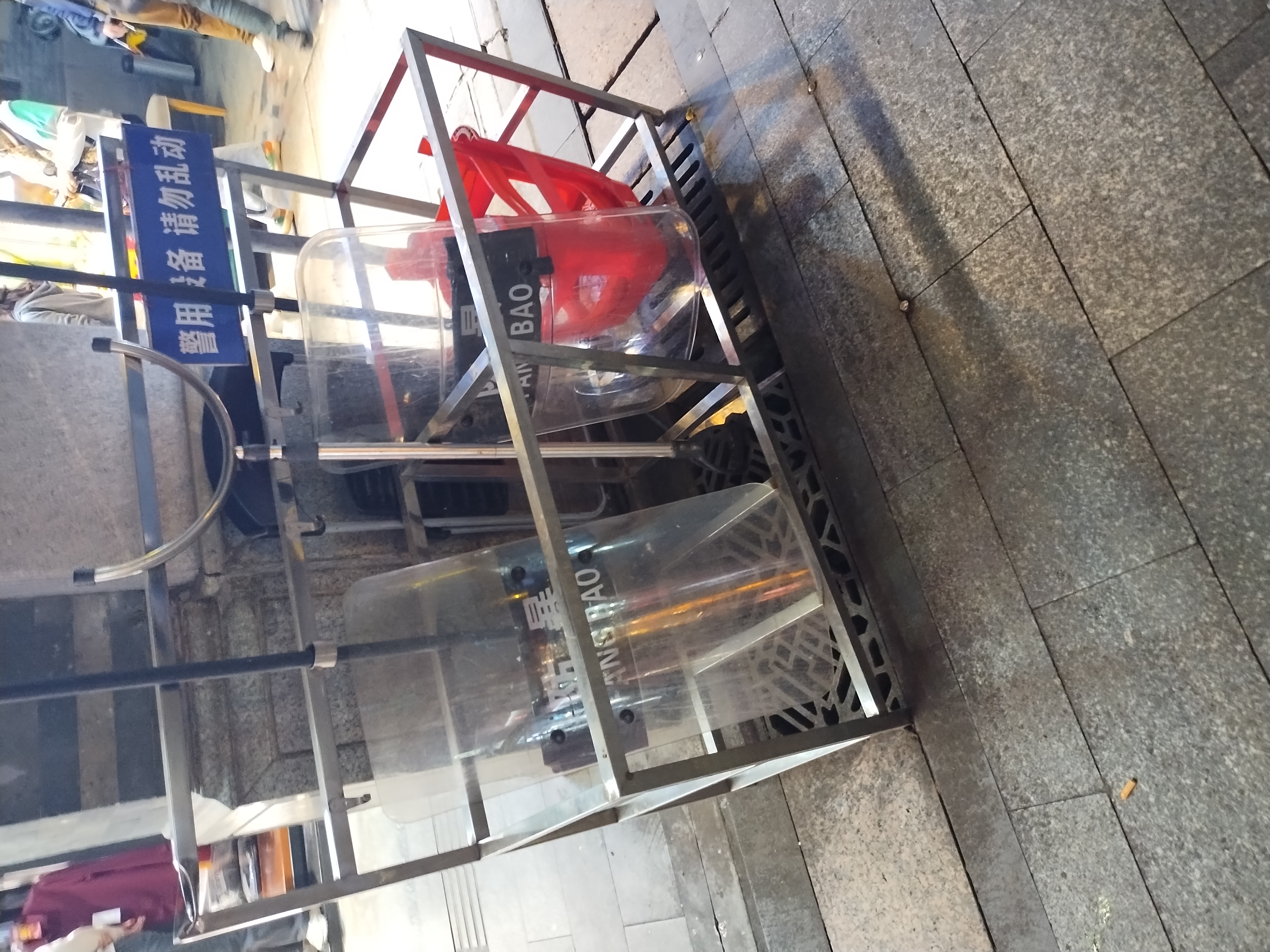
- I saw someone (maybe a taxi tout) rush back into the airport from the metro station, and an officer took out a long pole when he didn't stop
- The security at the small town Letong station walks up to each train with a shield and nightstick like it's Last Train to Busan
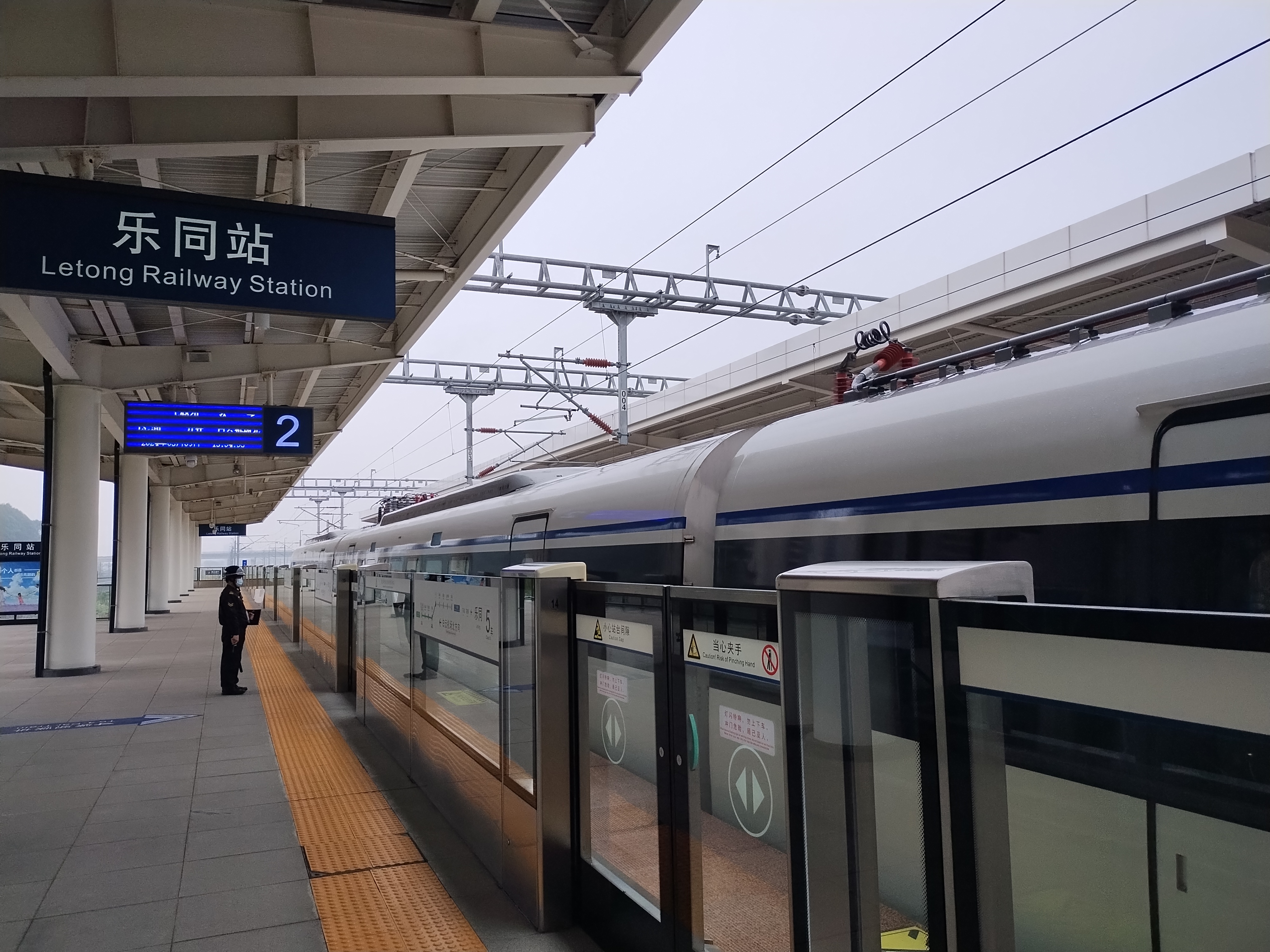
- Thousands of non-matching packages were piled up along a street? If you deliver or pick up legal goods from this sidewalk send me a WeChat.

- The Arabic "halal" is covered up here?
